/peperomia-plant-4584414-10-e05d776cfe614311932bc4d25f0bd768.jpg)
Peperomia Plants Care & Growing Guide
Peperomia obtusifolia, also known as the baby rubberplant, American rubber plant, or pepper face, is a species of flowering plant in the genus Peperomia under the family Piperaceae, native to Florida, Mexico and the Caribbean. [1] [2] The specific epithet obtusifolia means "blunt-leaved". [3] The plant has gained the Royal Horticultural Society.
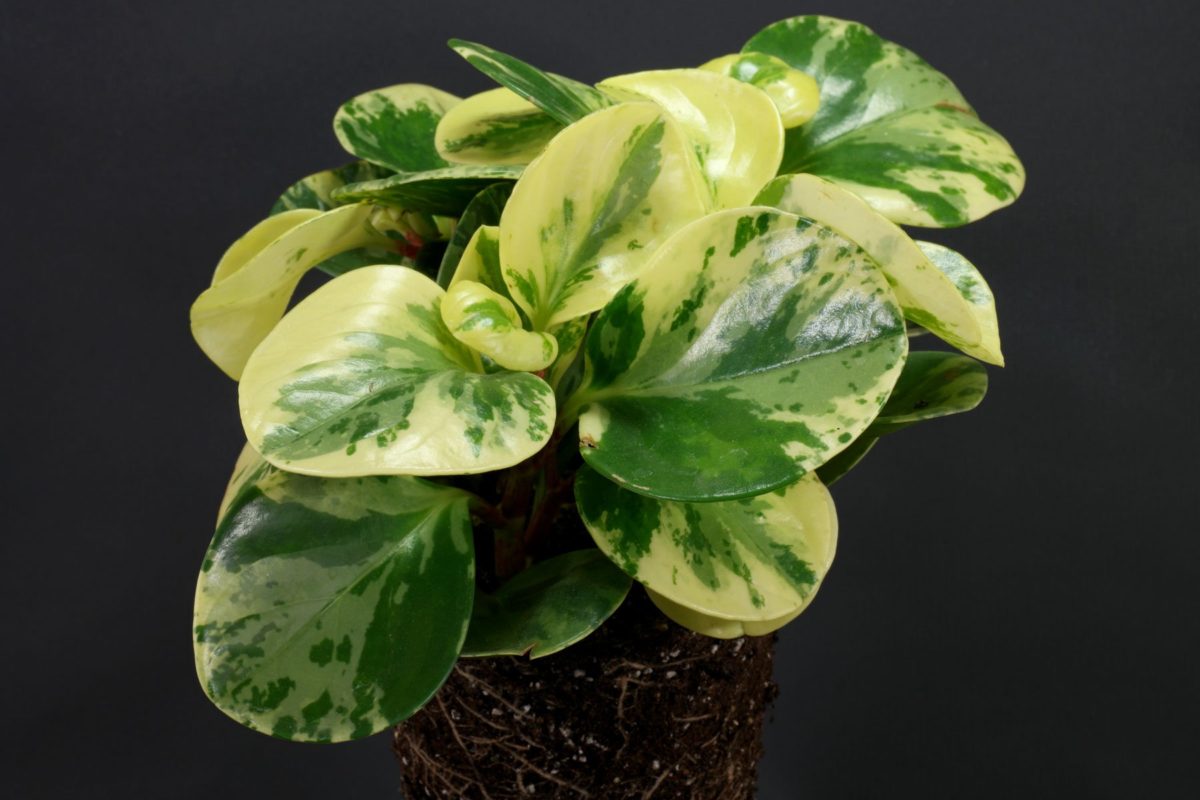
Peperomia obtusifolia «Variegata»
Peperomia obtusifolia thrives in bright indirect light, growing in well-draining soil and high humidity. Water baby rubber plants when the potting mix partially dries. Mist foliage occasionally to increase humidity. Peperomia's ideal temperature range is 64°F to 75°F (18° - 24°C).

Peperomia Obtusifolia Plant Care Tips & Tricks Peperomia Houseplant YouTube
The Peperomia Obtusifolia (Baby Rubber Plant) is a popular plant that makes for a pretty addition to the home or a wonderful gift for a fellow plant lover. It's relatively low-maintenance, but just be sure to keep an eye on its light and water to ensure your Peperomia is poised for healthy growth.
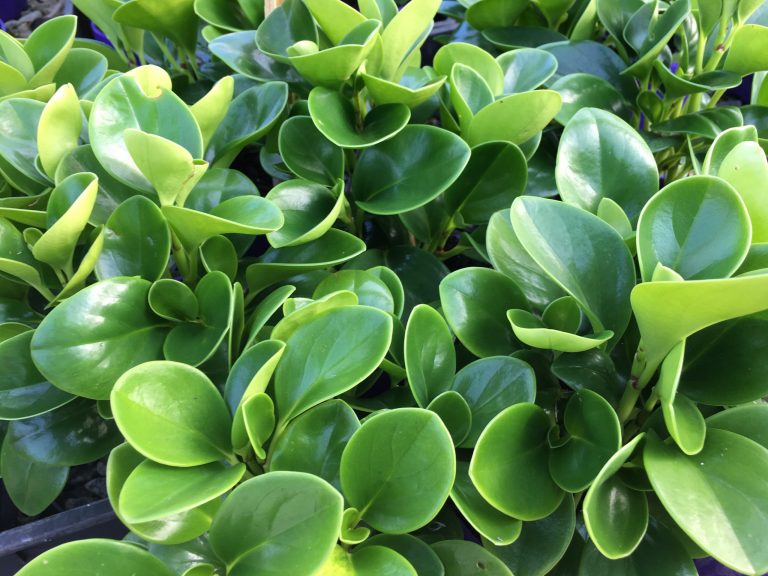
Peperomia Obtusifolia Jade Tissue Culture My Plant Warehouse Indoor Plants Warehouse
Peperomia Obtusifolia care is simple and straightforward, making it remarkably beginner-friendly.. Rubber plants of the Piperales order are coveted in houseplant circles, and few more so than Peperomia obtusifolia. With bright green leaves that can trail or hang, it makes a fabulous addition to any nook or cranny. In this comprehensive care guide, our gardening experts explain all you need to.

Flowering peperomia plant Learn how to get a peperomia to bloom
Peperomia obtusifolia can be grown indoors in a space with a temperature between 65 to 75ºF (18 to 24ºC), in a location out of the full sun. How to grow Peperomia obtusifolia outdoors? Peperomia obtusifolia can be grown outdoors year-round in zones 10 to 12, or can be taken outdoors in the hot summer months in temperate regions.

Descubre los cuidados de la fantástica Peperomia obtusifolia Jardineria On
The good news is that Peperomia obtusifolia is easy to propagate stem tip cuttings or division. Here's how to create a new plant from a stem cutting: Remove the top of a healthy stem (around 4 inches) with at least a couple of leaves on it, and one node (a bump where a new stem will emerge) below the leaves. Use a small pot (around 4- to 6-inch.

Peperomia Obtusifolia Green Online Indoor Plants
Peperomia obtusifolia variegata, also known as the baby rubber plant, is a beautiful houseplant in the Piperaceae family. It is known for its glossy, cupped leaves with marbling variegations. The thick leaves help the plant store water- they shrivel in drought and plump up after watering. The leaves are attached to thick, upright stems.
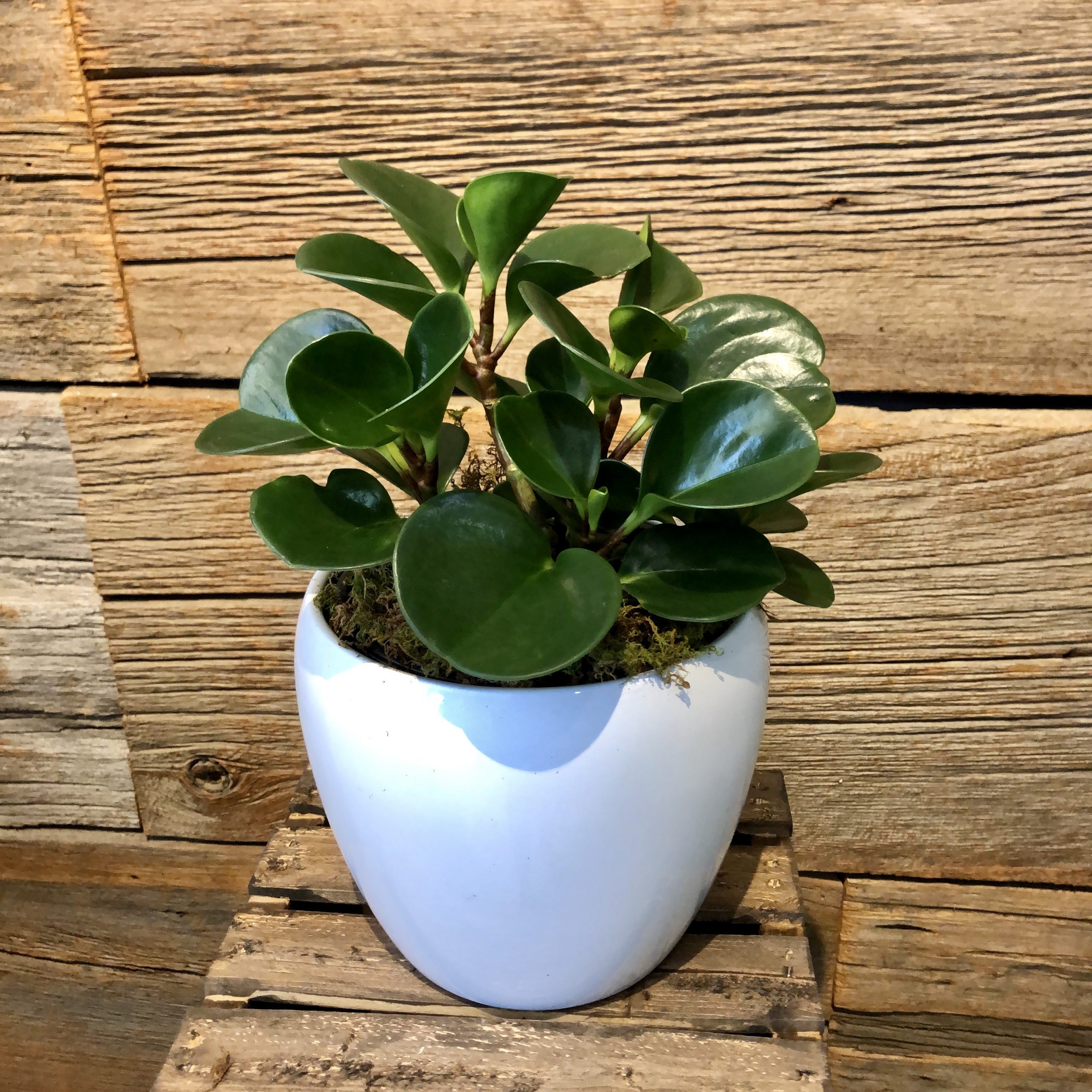
Peperomia Plant Percy Waters Florist
The best fertilizer for your Peperomia obtusifolia is a balanced liquid fertilizer that is designed specifically for houseplants. Look for a fertilizer with an N-P-K ratio of 10-10-10 or 20-20-20, as this will provide your plant with all its necessary nutrients. When you're applying the fertilizer to your plant, always make sure to dilute it.
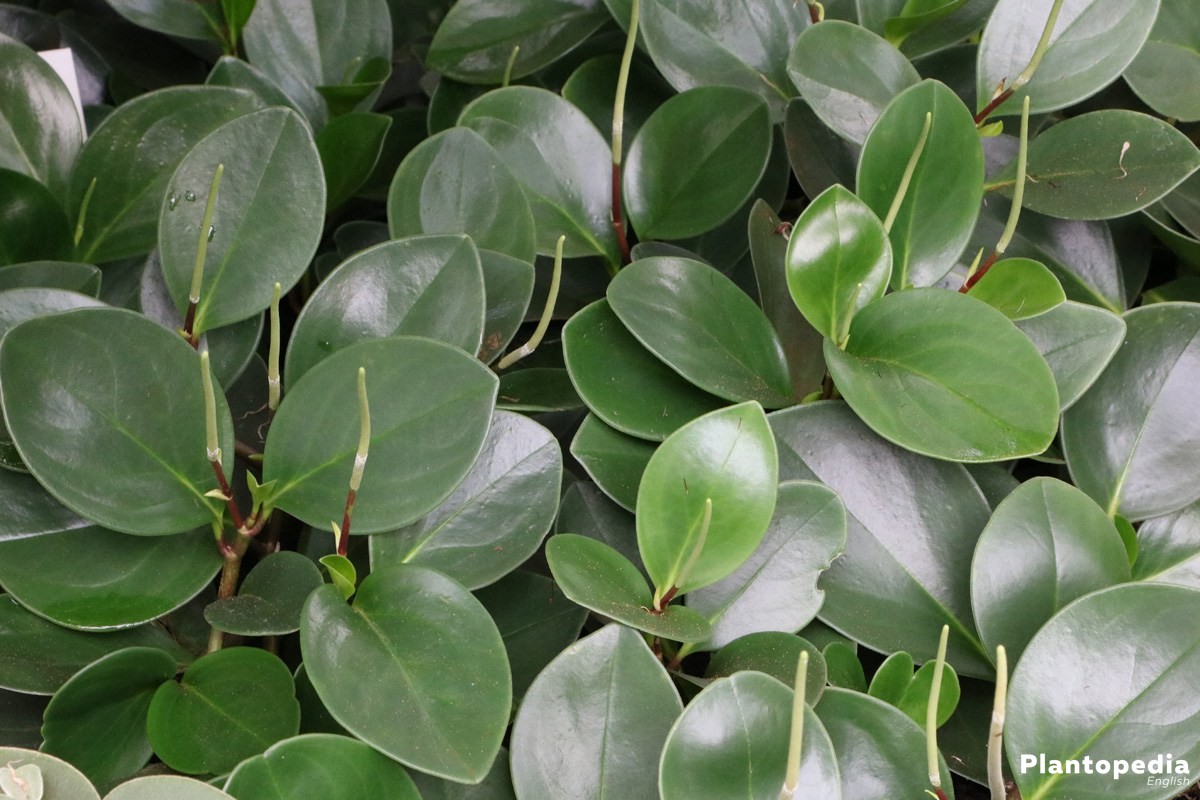
Peperomia obtusifolia Plant Care Learn How to Grow Plantopedia
The peperomia obtusifolia growth habit is trailing and can grow 3′ to 4′ feet per year under the right conditions. It has a spread of 12″ inches with dark leaves growing up to 2″ - 4″ inches in length. Peperomia obtusifolia is typically green in color, which is why it is called "green peperomia.".

Vetplant Peperomia obtusifolia Geel eenvoudig en snel online bestellen? Fleur.nl
Peperomia Obtusifolia is native to South America's rainforests and has a bushy appearance. The stems are thick and can grow almost 12 inches (30 cm) tall. The leaves are glossy, fleshy, and green in color. However, some baby rubber plants have leaves that are marbled or "variegated" with yellow and white streaks.
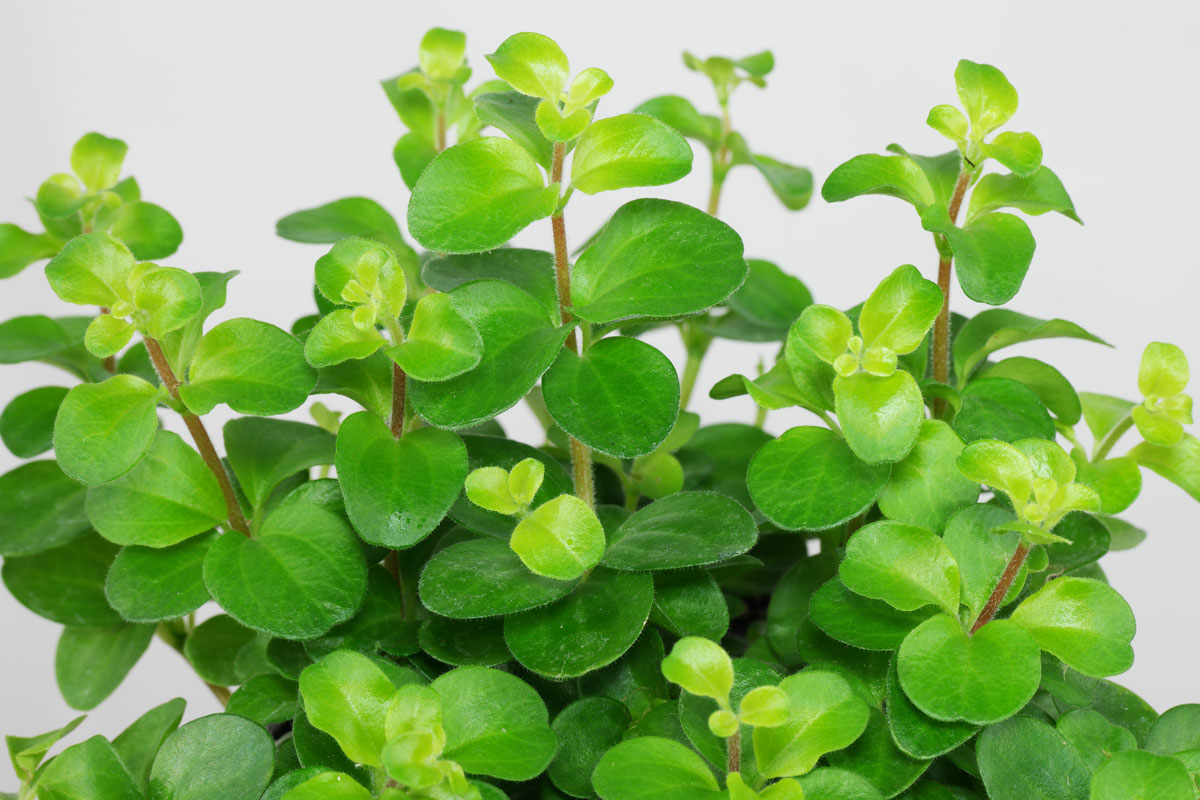
Peperomia rotundifolia
On the flip side, Peperomia obtusifolia will quickly sadden (or sicken) when kept in dark shade or cold places. Avoid placing the pot in areas where there are nippy drafts, as this will cause Peperomia obtusifolia to shed its leaves. The best temperature range falls between 18 °C (65 °F) and 23 °C (75 °F).

Pin on Succulents
The Peperomia Obsutifolia is a beautiful upright plant with thick, glossy cup-shaped leaves. They are beginner-friendly and non-toxic plants that require little maintenance. Ideally, provide bright, indirect light; East or West-facing windowsills are ideal. Water when the topsoil is dry, and use an airy and well-draining potting mix.
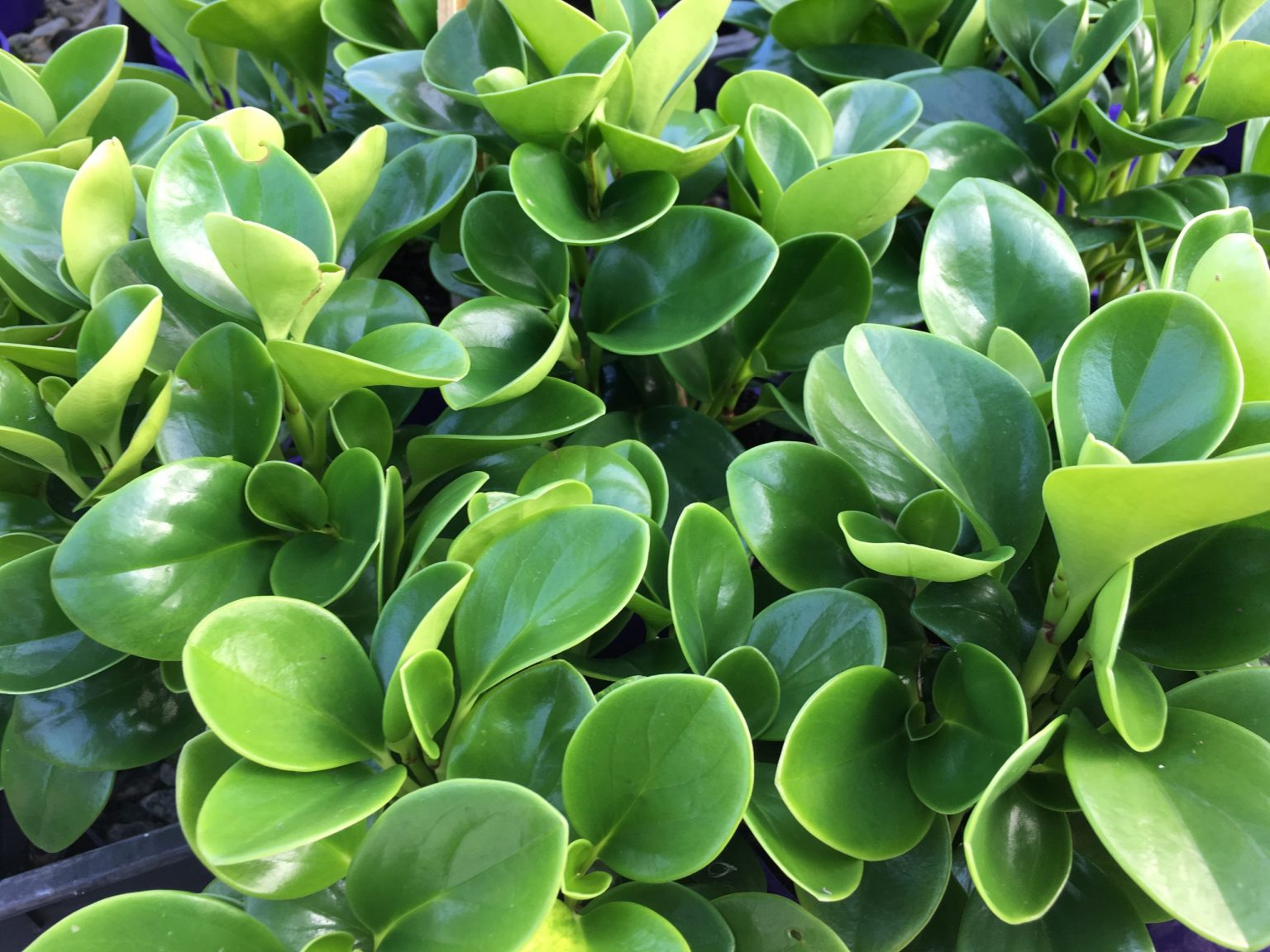
Peperomia Obtusifolia Jade Tissue Culture My Plant Warehouse Indoor Plants Warehouse
Peperomia is pet-friendly and prefers bright light, but can also handle medium to low light. They don't have a ton of moisture in their soil, as they are semi-succulent and can hold water in their leaves. Just make sure to avoid the leaves when watering. Buy: Peperomia Green in 4-inch pot, $12 at Horti.

6″ Variegated Peperomia Obtusifolia Flowers Talk Tivoli
Peperomia obtusifolia: origin and characteristics. Peperomia obtusifolia is also known as the baby rubber plant, American rubber plant or pepper face.It is a succulent-like plant belonging to the pepper family known as Piperaceae and is a relative of the well-known pepper vine (Piper).The genus Peperomia is very diverse and even has a few edible species.

Vetplant Peperomia obtusifolia groen eenvoudig en snel online bestellen? Fleur.nl
2. Water. Because the peperomia is part of the succulent family, it doesn't need frequent watering for it to survive and grow. Always check to see in the soil around the plant is dry before you re-water it because it is a desert plant. It is worse to leave it too wet than too dry. 3.

Peperomia obtusifolia YouTube
The dwarf pepper Peperomia obtusifolia belongs to the rare amount of plants which can be kept in hydro culture. The plants are ideally being held in hydro culture from as early as it is a cutting. The replanting from earth to hydro culture is not recommended. The earth should be fully removed from the roots.